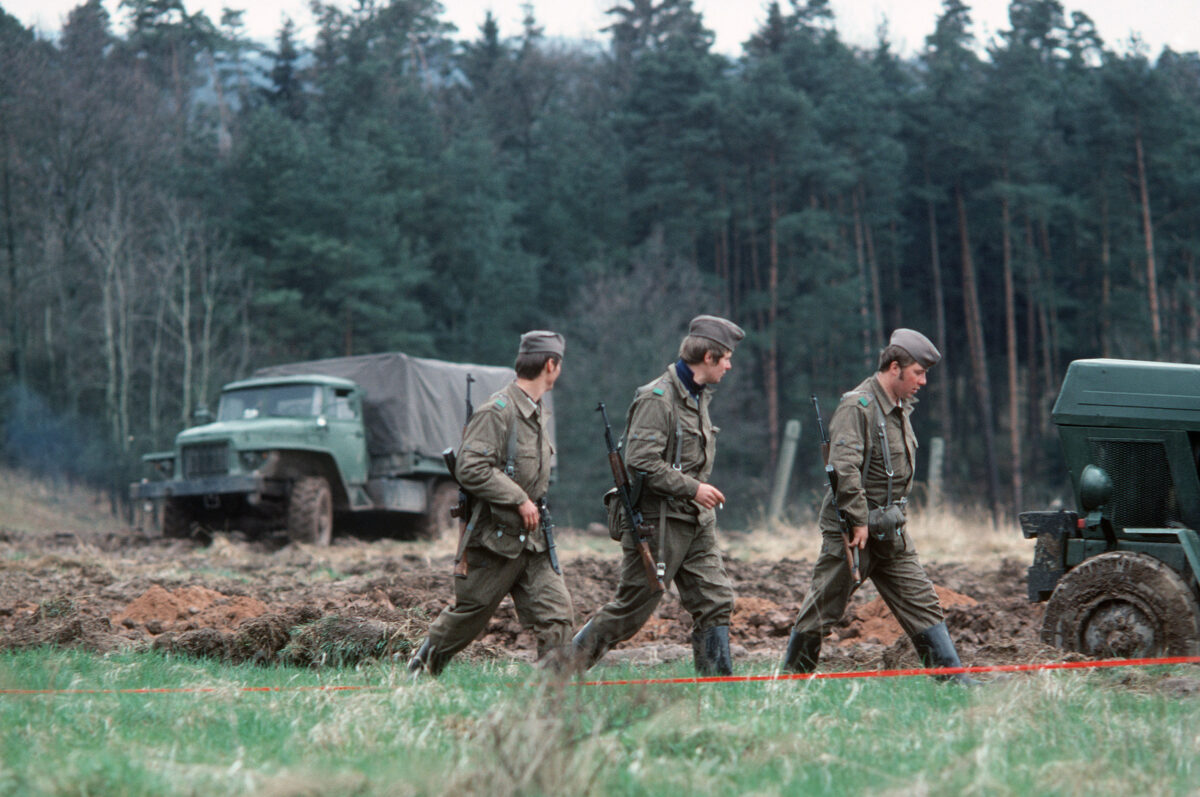 A couple of friends of mine from our former church in Tucson were posting earlier today on Facebook about the fall of the Berlin Wall back in 1989-1990.
A couple of friends of mine from our former church in Tucson were posting earlier today on Facebook about the fall of the Berlin Wall back in 1989-1990.
It reminded me of when I was in the US Army in then-West Germany (aka Federal Republic of Germany or FRG) back in the early 1970’s and they took a bunch of us GIs assigned to Headquarters Company, 1st Battalion/33rd Armored Regiment on a standard orientation tour of the border with East Germany (aka Deutsche Demokratische Republik or DDR).
The tour was intended to instill in us a vision of why the US Army was there: protecting the FRG — and in turn, the Free World — from the tyranny of Communism and the Soviet Union during the dark days of the Cold War.

33rd Armor
The section of the border we toured is in what is known as the “Fulda Gap.” This German geographic feature contains two corridors of lowlands through which the Soviet Army and its Warsaw Pact allies could have launched a surprise attack in an effort to gain crossings over the Rhine River and achieve domination over Frankfurt and Bonn, the FRG’s financial and political capitols, respectively (upon German reunification, the political capitol was returned to its traditional location, Berlin).
Also, the sister airfields of Rhein-Main AFB and the international airport in Frankfurt were the primary facilities through which reinforcements would be received in-country, so keeping those runways open for their arrival was crucial to US military strategy.The immediate border was patrolled by the 11th Armored Cavalry Regiment — they monitored Soviet troop movements and were the tripwire which would have triggered a US armed response if an invasion had occurred.
Our division, 3rd Armored Division, was the “speed bump” — our task was to be cannon fodder to delay the Russian advance until such time as reinforcements could arrive from the US and mate up with their pre-positioned equipment stored in West German depots.
The Structure of the Fortifications
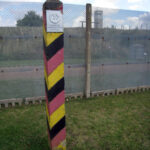
This is a border obelisk. The area between it and the fence is the first of the minefields.
What was impressive — and disturbing — was what was behind that wire! Starting from the west and moving east:
- A strip of land about 15-30′ wide containing a minefield sown with Bouncing Betties, a type of anti-personnel mine which, when stepped upon, jumps up from the ground and explodes at about waist level with roughly the same explosive power as a hand-thrown fragmentation grenade, producing almost certain death through a combination of concussion and evisceration.
- A 12′-high expanded-metal mesh fence, often topped with razor-wire concertina. This type of fence had openings too small and closely spaced for standard fence or bolt cutters to get between, so it could’t be cut in the manner we have all seen on TV and the movies. Also, unlike our garden-variety chain-link fences, you cannot get your feet into the tiny gaps to climb it.
- Spaced at random heights on the fence were Soviet-made SM-70 mines, their equivalent to our Claymore mines (both types shoot hundreds of steel ball bearings or pieces of shrapnel when exploded; all modern-day suicide bomb vests use this same principle) aimed to fire parallel to the fence. These mines had vibration sensors attached to the fence so that they would go off if someone tried to climb it.They could be tripped by fence vibrations or fired manually from the guard towers.[/caption]
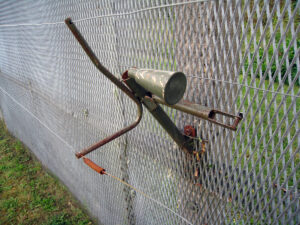
Soviet SM-70 Anti-personnel Mine
- Another 30′ Bouncing Betty minefield
- A second 12′ metal fence identical in construction and armament to the first one.
- This second fence was the start of a 1,600′ to 3,300′ wide “protective strip” that was cleared of all trees and foliage to provide clear fields of observation and fire. This zone included the following:
- A concrete V-bottomed anti-vehicle ditch or heavy steel tetrahedrons that would keep trucks or cars from crashing through the fence.
- A 30′ protective strip of plowed-smooth dirt that would show the footprints of anyone who walked on it. This both indicated an attempted escape as well as the number of people in the escape party.
- A concrete block road for the guards to drive their troop trucks on.
- Next to the road there were guard towers equipped with searchlights, radios, machine-guns, and remote detonators to manually trigger the mines on the fence. Each tower was spaced so that its occupants could see the tower on either side of it.
Every so often, one of the towers would be a special one which doubled as a command post, many of them with runs for attack dogs. Interspersed between the towers, were 2-man concrete observation bunkers. Some towers were metal and semi-portable, so the border troops could shift them from sector to sector. There were about 700 permanent towers and 2,000 2-man observation bunkers in all.
- Another 6′ expanded-mesh steel fence with barbed wire on the top. The barbed wire carried a low-voltage electrical current that detected when the wire was disturbed or cut.
- For another 3 miles or so was the Restricted Zone where the inhabitants of entire villages were progressively evicted from their homes and the buildings razed to the ground, so potential escapees would have no place to hide or shelter themselves. If a village was located near the border, the citizens were not allowed to repair normal wear-and-tear on their buildings and infrastructure, until they finally fell into uninhabitable ruin, then the rubble was removed.
Geographic Area & Estimated Building Costs
So that was the DDR border area. It consumed 2,770 square miles, over 6% of the DDR’s total land area. Within this area, economic activity was severely curtailed or ceased entirely. To this day, no one knows precisely how much it cost to build and maintain the DDR border fortifications. The building cost of just one of the 30′ watchtowers was about 65,000 Ostmarks (roughly $16,250 in 1970s dollars) each and the expanded metal fences cost over 244,250 Ostmarks (roughly $61,000 in 1970s dollars) per mile.
Who Manned The Border?
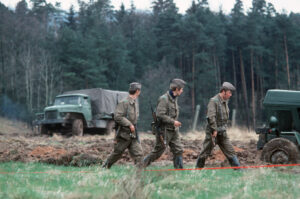
A DDR Grenztruppen Construction Crew. Note the “red cord of death” used during border construction and maintenance. If someone wandered past the cord, they were summarily shot. (click image to enlarge)
The Human & Financial Costs
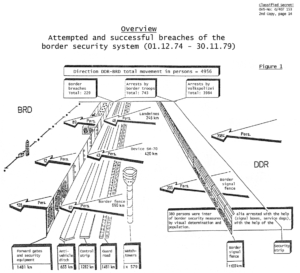
Border Escape & Arrest Statistics
(click image to enlarge)
Before the border fortifications were finished, about 3,000 East Germans escaped to the West each year. After completion, the stats averaged 45 people/year — they and God only know how they got out successfully.
One of those successful escapes was made by two families via a homemade hot-air balloon. The story of that escape was later made into a 1982 Walt Disney movie entitled Night Crossing. The movie is also available on certain streaming services. It’s well worth seeing!
Why Should We Care About All This Decades Later?
Please note:
- These fortifications were never intended to keep the United States and its NATO allies from preemptively attacking the Warsaw Pact nations across the East German border.
The Maginot Line had already been tried by the French government prior to WWII and found wanting — modern military weapons and air power could have made short work of the DDR border had anyone wanted to take a shot at the task.
- Nor did they exist to prevent West Germans from availing themselves of the superior economy and living conditions to be found in East Germany (dripping sarcasm intended 🤨), as the partially completed wall between Mexico and the USA is intended.
- Neither was it built to wall out terrorists, as the wall between Israel and its Palestinian enclaves serves.
It existed for the sole purpose of keeping East Germans in East Germany, nothing more, nothing less.
And those citizens very possibly could still be under the oppression of that totalitarian regime to this day, had it not been for Ronald Reagan causing the USSR to bankrupt itself trying to keep up with the US arms build-up of the 1980s.
From my perspective, it’s a tragedy that 99%+ of Americans are completely oblivious to the details about that abomination of a border to this day. In my opinion, such knowledge would have completed gutted many people’s inexplicable attraction to the liberal left and its inherently socialist agenda. One look at that fence would completely destroy any credibility socialism and communism might have had because it was a silent, but powerful, reminder that socialism doesn’t work!
“But such a repressive totalitarian regime could never happen here in the US!” many would protest.
That’s the same thing the Germans said about themselves just prior to the rise of Adolf Hitler who was, by the way, a socialist (Nazi is the abbreviation for National Sozialistische Deutsche Arbeiter Partei which translates to the National Socialist German Workers’ Party. We are ripe for a demagogue, and if we don’t replace our current bozo (at the time of this writing, Obama) in the White House, we are extremely likely to have one on our hands permanently. There are many similarities between our current political situation and those of pre-revolution Russia and pre-WWII Germany.
Those who refuse to learn from history are condemned to repeat it.
George Santayana, philosopher
And the incredibly sad fact is we as human beings are incredibly forgetful!
Thanks for reading!

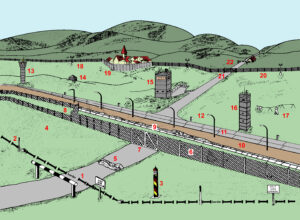
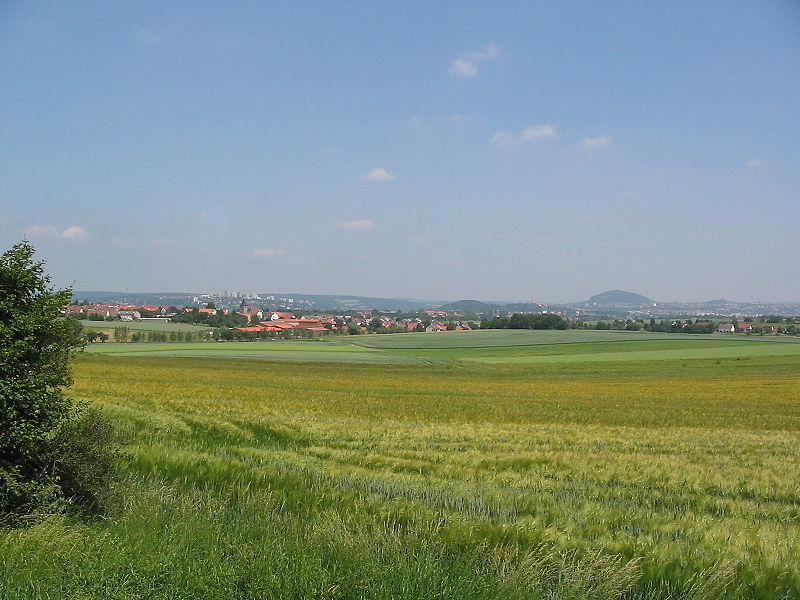
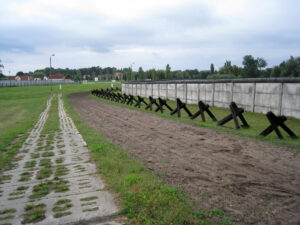
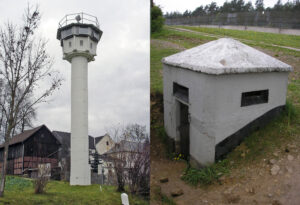
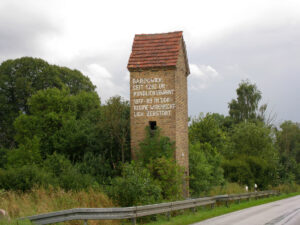

I was in the 11th ACR (aviation elements) based at Fulda AAF 1974 – 77. Border conditions were exactly as you describe. In addition, I was told by someone that had access to Ground Surveilence Radar (GSR) told me that they tracked bus and truck convoys bringing people in before dawn and taking them out after dark so that towns that could be seen from the border would look like they were populated. Time lapse photography also showed that the lights in the towns were being turned off and on by timers at night.
John, I was also in the 11th ACR in 1975 as an SP5 flight ops coordinator at Fulda AAF. I remember you as Capt. Gaskins, a helicopter pilot – am I correct? I recall a couple of others – Mr. Clark, and Rodriquez, and the cigar-smoking major who was the airfield commander I think (can’t remember his name).
Doc I served with the 1Bn 48th Inf 2nd Bde 3rd AD at Gelnhausen during those early 70’s as well; many miles mounted as well as dismounted over the GDP between Bad Hersfeld and Fulda. Older brother was Hawk crew man at Bad Hersfeld same time frame.